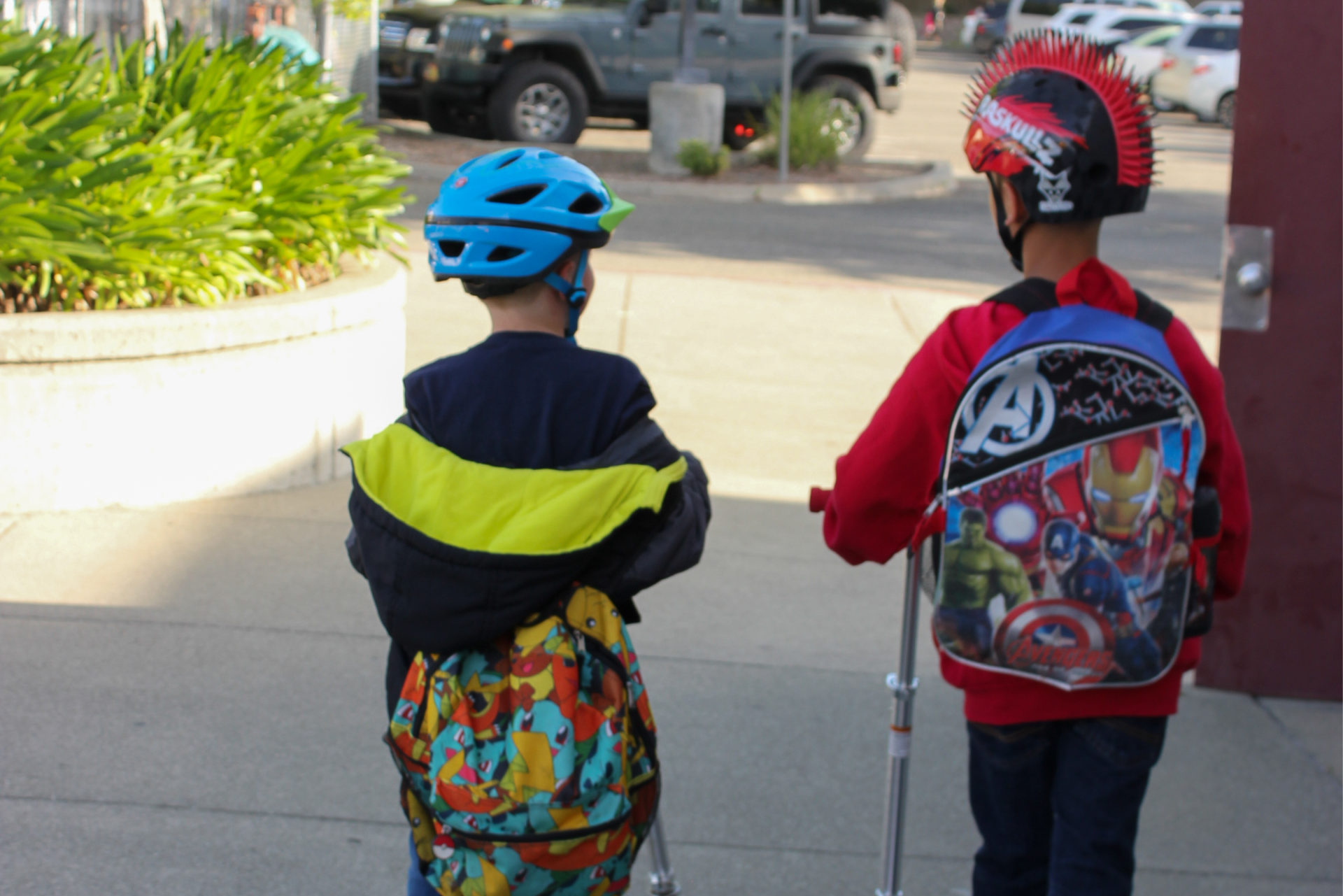About Safe Routes to School
Solano Safe Routes to School – Your Kids. Your School. Your Community.

In 2008, the Solano Transportation Authority (STA) launched the Safe Routes to School (SR2S) program in partnership with Solano County Public Health. This initiative was developed in response to rising concerns about increased childhood obesity, air pollution, and traffic congestion around schools. Over the years, the SR2S program has collaborated with city planners, traffic engineers, law enforcement, educators, and parents to address these issues.
The number of children who walk or bike to school in the U.S. has steadily decreased over the last 50 years. Concurrently, communities, including those in Solano County, have experienced increases in traffic around schools, air pollution, and childhood obesity. To combat these problems, the STA established a Solano Safe Routes to School Advisory Committee alongside the SR2S program. This program promotes active transportation by offering schools free educational programs and events that encourage safe walking and biking to school. Additionally, the program provides technical assistance and support to help schools start and sustain walking and biking initiatives.
By fostering a culture of active transportation, the SR2S program aims not only to increase students’ physical activity but also to reduce the dependence on cars for commuting to and from school, thereby creating safer, less congested routes for students.
Successful Safe Routes to School programs include each of the 6 E’s
- Education – ensures children, parents and the community know how to walk, bike and drive safely.
- Engineering – makes sure the streets and sidewalks around schools are built for safety.
- Encouragement – makes it fun for children, parents and the community to walk and bike.
- Enforcement – ensures traffic laws and school policies are followed.
- Evaluation – checks the progress of the program and makes changes as needed.
- Engagement – emphasizes the importance of involving schools, parents, youth and other key stakeholders in the process to ensure program sustainability.





